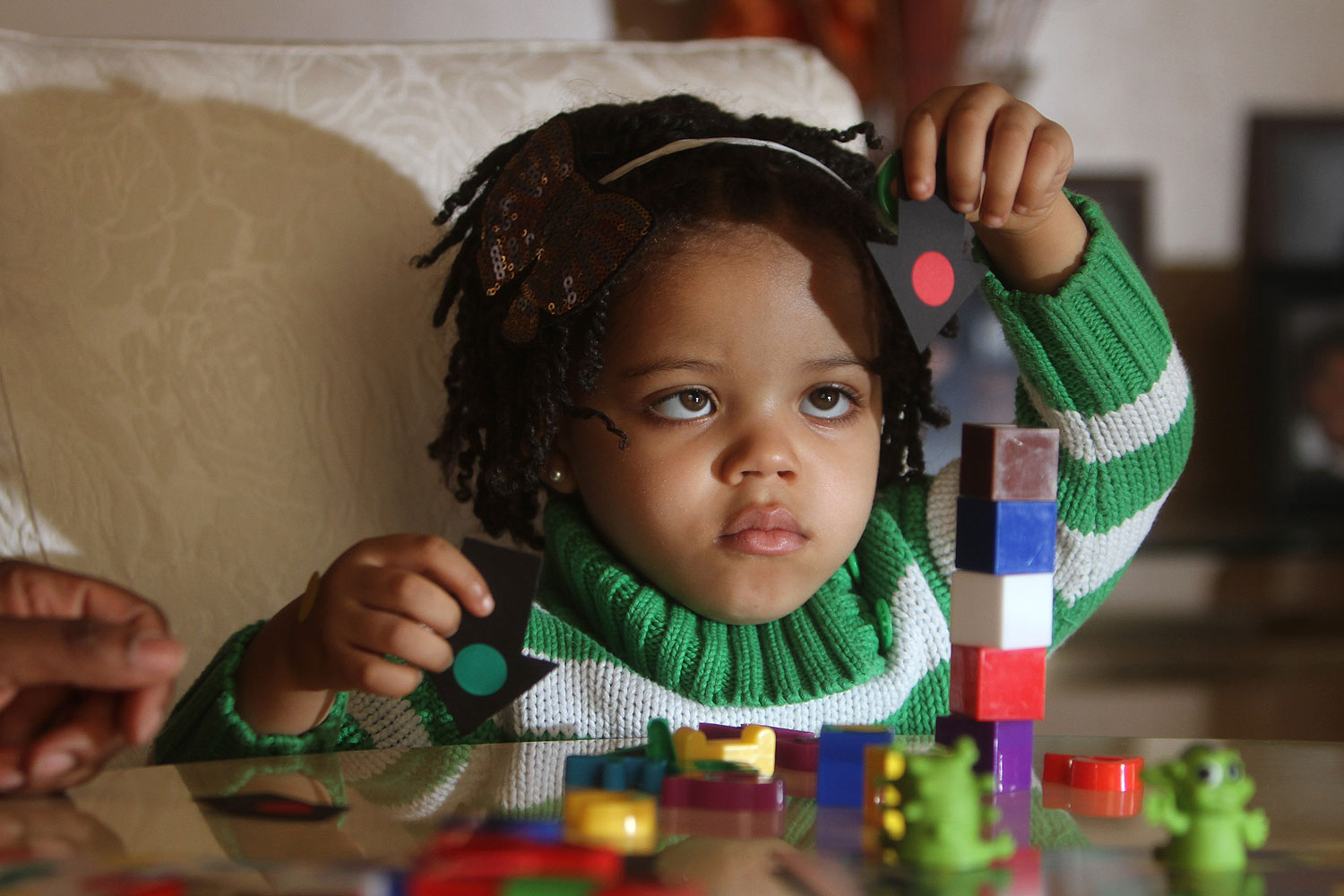A couple of the more encouraging developments in policy I've witnessed in the past couple years has been renewed interest in early childhood education—especially very early childhood—and social/emotional approaches to at-risk youth. I've written about Dana Suskind's Thirty Million Words project, Becoming a Man, Child-Parent Centers, and the work of Nobel winner James Heckman, who made our list of the 100 most powerful Chicagoans in 2014 because of the importance of his research to the initiatives of politicians like Barack Obama, Bill DeBlasio, and Hillary Clinton.
Heckman has returned with a new working paper, led by the University of Chicago economist Jorge Luis García, that looks at two high-quality early-childhood education programs, started in North Carolina in the 1970s, that begin at a very young age—just eight weeks old—and ran all the way through age five. As a result of the study, they've revised previous estimates of the benefits of a high-quality early-childhood program from a seven to ten percent return on investment up to 13 percent.
And the biggest chunk of that ROI is a reduction in crime.
To begin with, the programs provided lots of care—five days a week, 7:45 a.m. to 5:30 p.m., 50 weeks a year. Almost three-quarters of the parents involved didn't live with a partner. Not surprisingly, they found that a full-week, full-day program increased parental income. Staff-child ratios were extremely low: one teacher for three children in the first year of life, one teacher to four children from ages one to four, and one teacher to five children from ages four to five.
It was not an inexpensive program: $18,514 per student in 2014 dollars, which is on the high end of childcare costs. It's about $5,000 more than Chicago's public, tuition-based program. But the results were dramatic (emphasis mine):
[For females, high] school graduation increases between 11 and 25 percentage points, depending on the estimate that we consider; college graduation increases between 11 and 12 percentage points; and the average years of schooling increase between 1.7 and 2.1 years. Employment at age 30 increases between 7 and 13 percentage points. It is rare for a program to have this magnitude of effect on human capital accumulation and employment.
The results for boys were even stronger on employment: an increase in employment from 11 to 18 percentage points at age 30, and an income increase at the same age from $19,000 to $27,000.
Increased income was the second biggest benefit to the program; the largest was the reduction in crime, particularly among males (though the cost-benefit analysis is still positive even if you remove it). This is because men commit more crimes than women, and the crimes men commit tend to be worse. If you include the costs of police work, the justice system, incarceration, and the costs to victims, the cost-benefit ratio shoots up. For instance, decreased crime makes up about half the benefits for females, and about two-thirds for males. And the benefit-cost ratio is dramatically different: for every $1 spent on the program, the economy gets $2.45 back for females, and $11.10 back for males.
In short, they argue that each dollar invested in a very high-quality early-childhood program returns about $6.30 for every dollar invested, even at the considerable costs such a program requires per student. It's an ambitious idea—not just universal pre-K, but childcare from a baby's first few weeks comparable to what wealthier parents get from expensive private programs. But there's evidence that, in the long run, it pays off.



